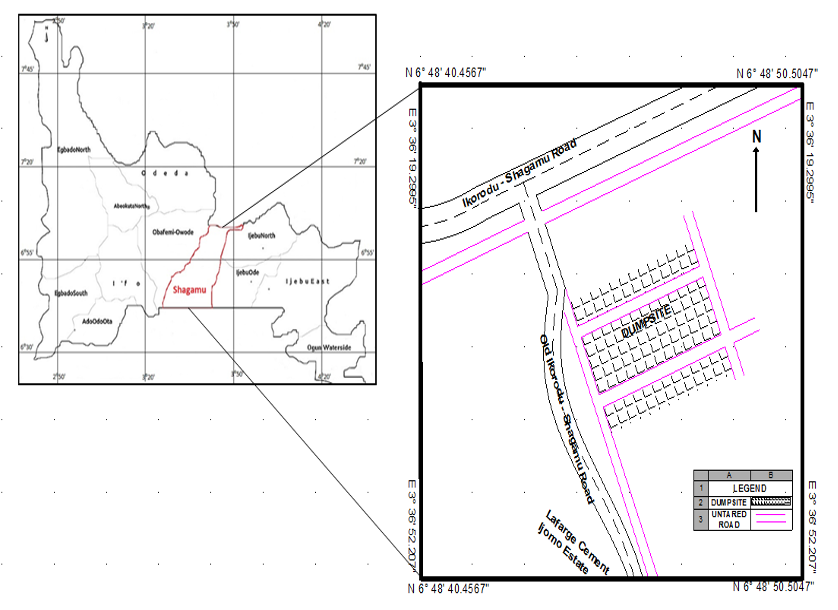Integrated geophysical assessment of a municipal waste disposal site for its geological suitability in terms of the underlain material
Keywords:
Leachate, Pollution, Geophysical methods, Clay overburden, DumpsiteAbstract
Dumpsites are major sources of groundwater pollution as a result of leachates that drain out of the decomposed waste. If there are no underlain materials that could serve as a seal to stop the percolation of leachate, it finds its way to the groundwater. A properly designed landfill is expected to have a high leachate curtailment capacity to limit groundwater pollution. A suitable landfill is expected to have a specific thickness of clay which acts as a natural filter. This study aims to determine the subsurface material and the leachate curtailment of Oke–Diya dumpsites. Very low frequency-electromagnetic method was adopted as a reconnaissance survey, after which electrical resistivity and multichannel analysis of surface waves (MASW) methods were carried out. The resistivity values obtained were used to determine the lithological units of the study area while the MASW was employed to determine the seismic wave arrival times which was processed to obtain the shear wave velocities of the subsurface. The rigidity moduli were also obtained from the shear wave velocities, from which the lithological units of the subsurface were inferred. The integrated method appeared to be the ideal tool to characterize the dumpsite and adjudge the leachate curtailment capacity. The methods corroborated each other. Oke-Diya dumpsite, from the results, revealed the study area had low leachate curtailment capacity and should be evacuated.

Published
How to Cite
Issue
Section
Copyright (c) 2023 Omolara A. Adenuga; Olateju A. Bayewu, Hamid T. Oladunjoye, Sofiat A. Adekoya

This work is licensed under a Creative Commons Attribution 4.0 International License.




